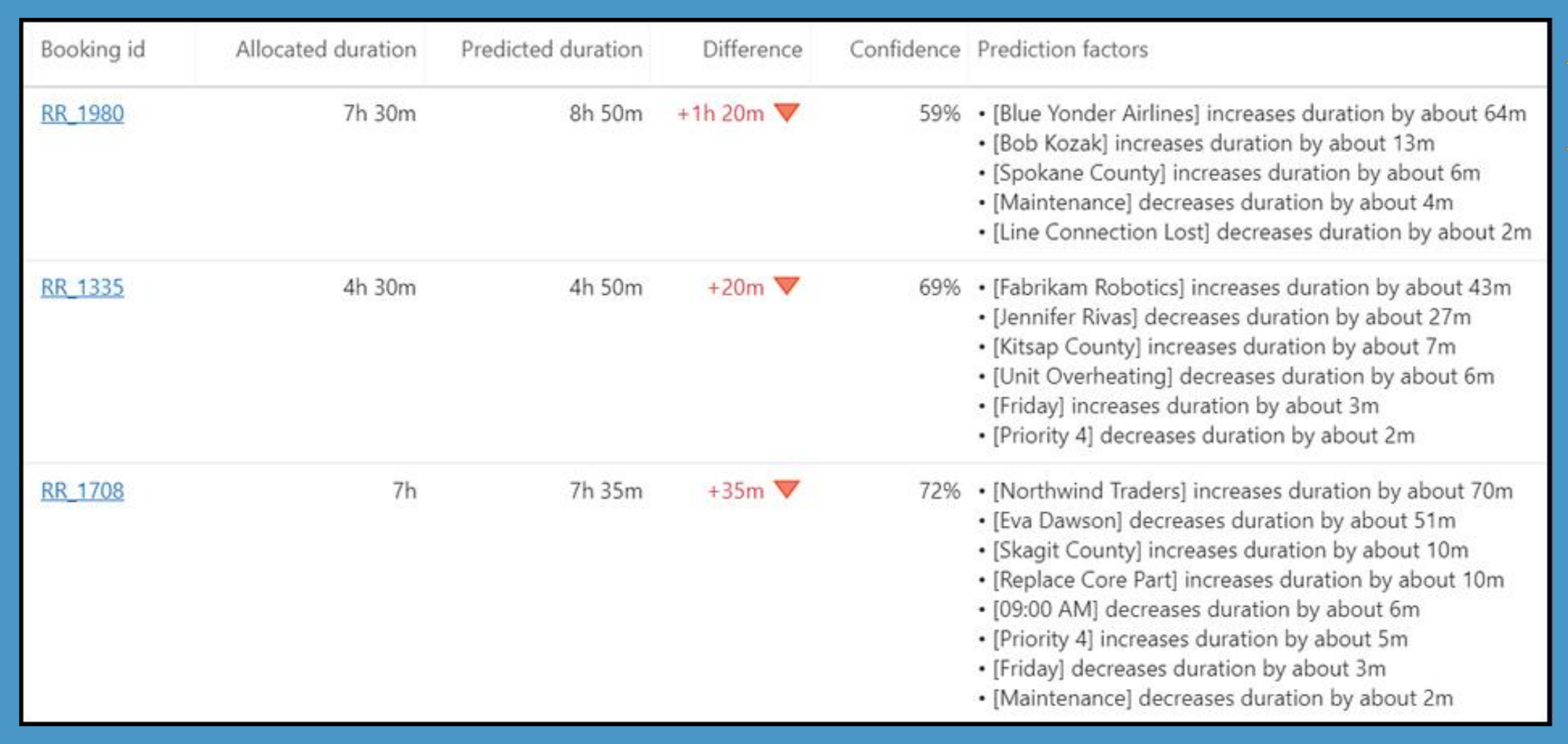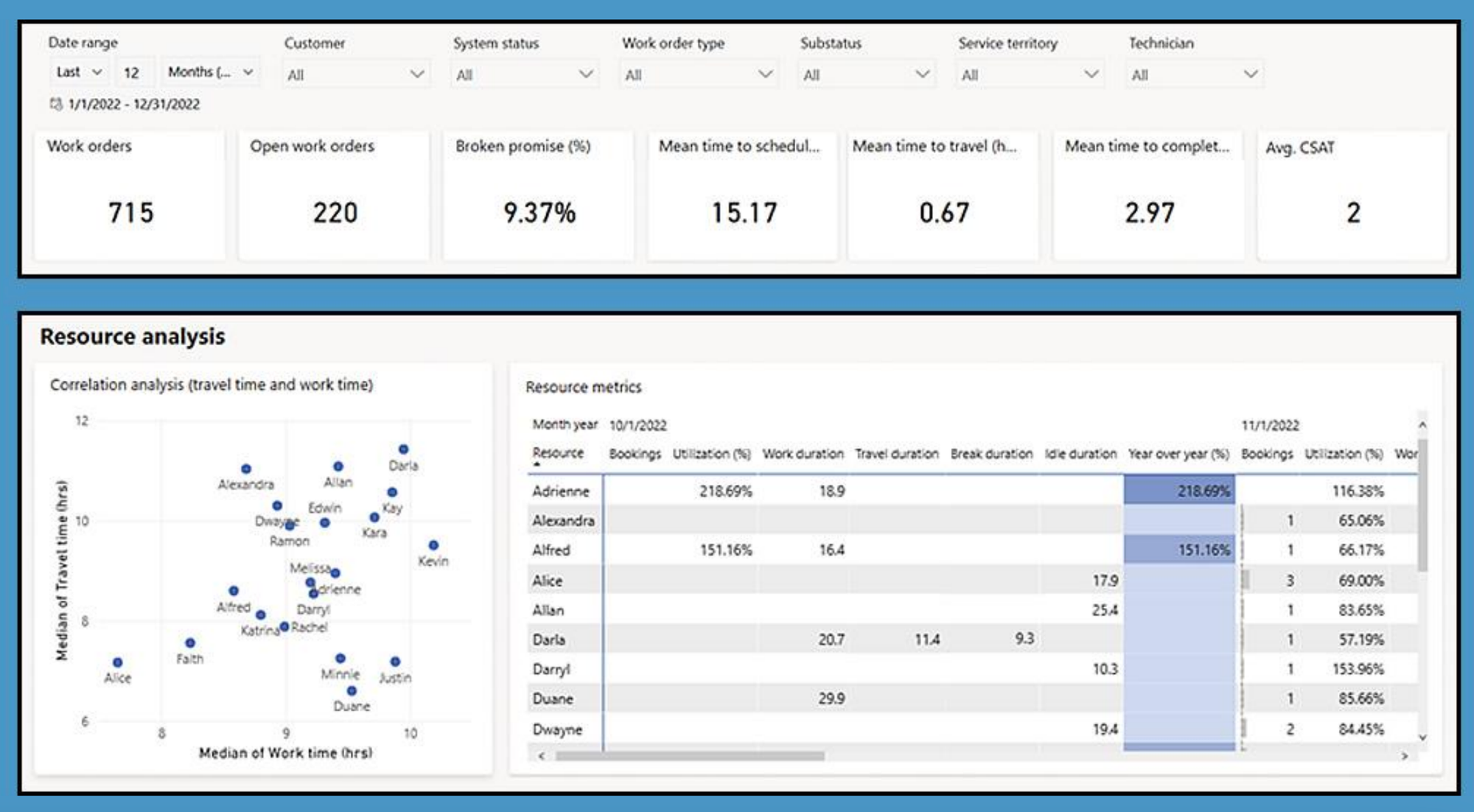
Angels are cool. There’s something about their combat prowess and sheer Paladin-energy that brings the heat to any table. They’re also one of the most popular decks to build for Commander, whether in mono-white, Boros, Selesnya, or even three-plus color variants. Here we share 10 of the more underplayed Angels that you should take a second look at… and why.
10 UNDERRATED ANGELS WE THINK ARE COOL
While Angels have many powerful entries, from Commanders like Aurelia and Giada, to Karmic Guide and Serra Paragon’s recursion value, there are plenty that don’t see nearly as much play. Older Angels have some niche and interesting abilities that can really turn the tide in the right deck. Here’s our list – be sure to let us know your underrated picks after reading.
10. SERRA AVENGER

It’s safe to say that Serra Avenger is pretty iconic. From the Scott M. Fischer art to the time it enjoyed competitive Standard play, people have tried jamming it in their decks. It’s even seen some play in Legacy Death & Taxes in the past year.
We’re here to talk Commander though, and I’m here to tell you that it deserves to be in way more Giada decks than scraping 20%. This is a two mana play, meaning you have mana open to do other things. In any deck like Giada where you can buff your creatures, it’s a no-brainer to run Serra Avenger. This could be a two mana 8/8 with Flying and Vigilance, very easily.
9. SIGARDIAN SAVIOR

Games of Commander can be quite quick these days. So, while the utility of something like Karmic Guide might be attractive to you in a Reanimator deck or a flicker deck, the fact it eventually leaves play due to Echo means it can be less impactful than you’d hope.
If you’re in a low to the ground deck that wants to curve out, then it might be better to play Sigardian Savior. While she can’t be flickered like Karmic Guide, she can be a big tempo swing after a board wipe. Getting back two utility creatures with this is a good deal. A 3/3 flier is useful, and in a lot of low to the ground decks, she might be bigger than 3/3 due to buffs.
8. ANGEL OF GLORY’S RISE

Speaking of tempo plays, let’s go to Angel of Glory’s Rise. Whether you prefer the high-octane visceral action of Andrew Mar or the pastoral Romantic beauty of James Ryman’s original piece, this Angel is a huge tempo swing when you’re running humans. Sure, it’s played in Humans decks often, but I contend that even if you’re running 10-20 Humans as part of a Soldiers deck, for instance, that this is worth running.
And occasionally, you’ll manage to exile someone’s Zombies for massive value, which will be frickin’ hilarious.
7. ANGEL OF INDEMNITY

A newcomer on the block, Angel of Indemnity is one more than the classic Karmic Guide, and trades in freedom to reanimate whatever you want for the ability to get back anything from a Panharmonicon to a Smothering Tithe out of your yard.
Don’t underestimate a 5/5 Flying Lifelink either. That’s the statline of stabilizing, and you can claw back a game you were losing with this six mana play. The Encore is something I’ve not had the chance to use yet, and that’s in large part due to the fact that just casting this can help you win a game. If you do Encore? Well, that’s eight mana well spent.
6. WOJEK INVESTIGATOR

I am a huge fan of the 2/4 statline in 2024. It blocks like a champ, and it can attack like a champ too, able to survive first strike a good proportion of the time. The only thing that makes it better is making it Flying or Vigilant, and this Angel Detective has both. Wojek Investigator is a perfect statline for the early-to-midgame, and it brings with it some hand token generation and eventually card draw.
Any white deck that wants to play its hand out to curve out should enjoy this one.
5. RESOLUTE ARCHANGEL

I’ll never forget the time that I played Resolute Archangel against a Purphoros, God of the Forge deck. I got put down to something like 6 life, untapped, and windmill slammed this card down. My opponent could have brined a tuna. A whole one, at that.
Commander decks these days have no issue outputting a chunk of damage, and the ability to negate some of the damage should not be underestimated. If you’re playing reanimator, or you can ramp, this card gets even better – likewise when it can be used for synergy, in decks like Lathiel or Ayli, Eternal Pilgrim.
Plus, the Winona Nelson prerelease promo is gorgeous.
4. WINDSHAPER PLANETAR

Speaking of negating combat damage, how about negating being attacked? Windshaper Planetar is white’s version of Portal Manipulator/Portal Mage. It comes rocketing onto the battlefield in a Flash to reselect where attackers are headed. This is the perfect political card, and serves to help you get around a Ghostly Prison or Propaganda in a pinch, too!
3. BLINDING ANGEL

Speaking of negating being attacked, how about just negating someone’s entire combat step? Well, it seems like there’s a tendency on Angels to be able to do exactly that. Blinding Angel from way back in Nemesis has a combat damage trigger that can stop someone having a combat phase entirely. This is a little on the rude side, but given you need to connect with a five mana 2/4 for it to happen? It’s a lot fairer than Stonehorn Dignitary, that’s for sure.
2. ANGEL OF SUFFERING

Angel of Suffering is a card I… suffer, through, quite regularly. It’s something of a Kryptonite card for me, necessitating removal, as I love my combat decks. It goes to show that white isn’t the only color with great Angels, it’s just the color with the most.
While this ostensibly reads as a reanimator/graveyard deck card, I just think its a solid fog effect in any black deck. Which is why it should see more play.
1. SIGARDA’S VANGUARD

The number one underplayed Angel today is one that I don’t actually recall playing against, ever. It can go in any deck, Angels or not, and is a great tool to manipulate combat. Like the Windshaper Planetar, Sigarda’s Vanguard can mess with an opponent's combat, but it can also buff your own combats, too.
As long as your creatures have different powers, Sigarda’s Vanguard can give any number of them double strike when you attack. She can also come in at Flash speed and do the same for anyone’s attackers, making her a potent way to disrupt combat. What a cool card!
END STEP
Angels are undoubtedly one of the coolest creature types in Magic. They have stellar art and can provide quite the beating. While Angel typal remains the most popular way to play them, they can fit into countless other decks as roleplayers. Consider some of these underappreciated picks, and let us know yours.
The post 10 Spicy Angels You Should Play More in Commander appeared first on Card Kingdom Blog.







